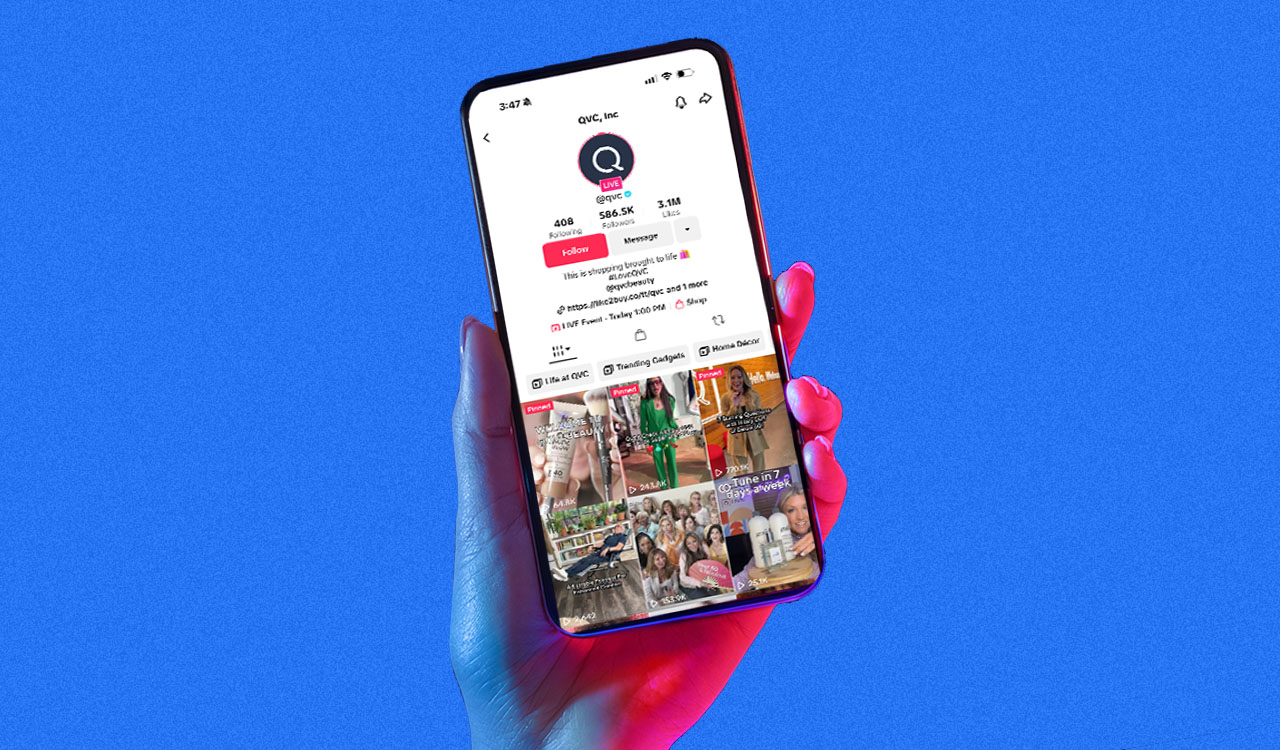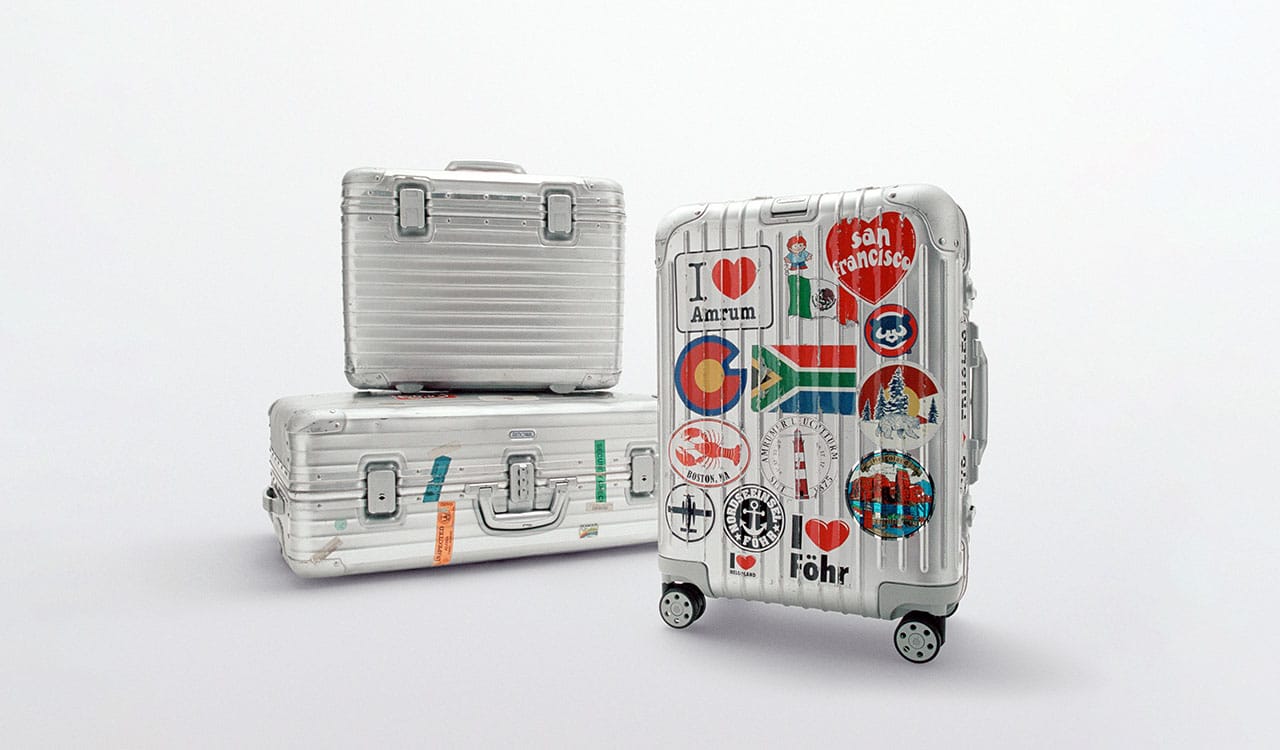We skimp a little on ourselves when times get tougher. Maybe fewer meals out, shorter vacations, and postponed purchases of big-ticket items. We’ll cut some corners too when it comes to spending on our kids. Fewer toys and video games, Disneyland next year rather than now.
But our dogs and cats? No friggin’ way are we going to deprive our little furbabies of anything. The best food, more toys, winter sweaters and even if we skip a visit for a checkup with the doctor for ourselves, our pets are going to the vet right on schedule.
The overall pet business is “resilient” with plenty of room for the online side of the industry to grow substantially. It’s up to about a 30 percent market share, double what it was before the pandemic.
It’s why the pet products sector and the retailers who operate in it are the most-recession proof business in the retail industry today. And whatever happens in 2023 – and name me one person who really knows – pets remain the place to be in good times and bad.
Pets-a-Popping
The pet business, both in the U.S. and around the world, is enormous. Just how enormous is open to what’s being counted…and who is doing the counting. The American Pet Products Association says it’s about $104 billion as of 2019, compared to just $48 billion a decade ago, which represents a doubling in the size of the industry. Other sources peg it a little higher or a little lower, again depending on any number of factors, including the cost of the pets themselves.
Research company IBISWorld says the pet store sector will account for about $24 billion in revenue in 2023, compared to about $19 billion in 2013, growing at an annualized rate of 1.2 percent over the past five years. Globally the numbers are even more dramatic…if every bit as scattered. One source puts the worldwide market at $223 billion, another at only about $150 billion but with annualized growth at about 5 percent through the balance of the decade. Whatever the number, it’s substantial.
Pets have always been a big business, but they got even bigger during the pandemic. In addition to new kitchen appliances, couches and curtains, Americans decided a furry addition to the family was just the thing to get through stay-at-home conditions. Sales and adaptions of pets skyrocketed over the past three years, and there are now about 188 million cats and dogs in the U.S. That’s expected to climb to 196 million in the next five years. And while those numbers may have leveled off (some humans have had second thoughts on this whole pet thing and are looking to de-dog and counter-cat their lives), it has still meant a huge surge in sales of the things pets need…and their owners want to give them.
“While pet (supplies) was an attractive sector pre-Covid,” Baird analyst Justin Kleber wrote in a recent report to clients and reported in Investor’s Business Daily, “the pandemic-driven surge in new pet households should fuel even stronger growth over the next several years.”
Chewy on This
Perhaps the biggest retail beneficiary of the pandemic pet boom has been Chewy, the online seller of food, medicines, and all the other pet paraphernalia out there. In December it reported its sales for the quarter were up 14.5 percent compared to a year ago, to $2.53 billion, and it turned a loss into a small profit with its margins improving for the period. For the year Chewy is expected to hit the $10 billion mark, meaning it will pass its former owner PetSmart as the largest pureplay pet retailer in the country, according to Baird numbers. PetSmart began selling off its Chewy holdings in 2018 and over the next two years largely divested itself and focused on its in-store and own ecommerce efforts.
Chewy’s CFO, in talking about the company’s efforts to further automate its fulfillment process, called the overall pet business “resilient” with plenty of room for the online side of the industry to grow substantially. It’s up to about a 30 percent market share right now, the company said, double what it was before the pandemic. That growth is going to continue, it said: “We don’t expect that to change. That’s going to continue and we’re going to help drive it there.”
Big Boxes, Big Business
While pet specialty retailers like Chewy, PetSmart and Petco dominate the sector, mass merchants like Walmart and Target continue to ramp up their sales in the category, both in-store and online. Hard numbers are…well, hard to track down, but with the overall growth in market share by the discounting duo it stands to reason they are doing it in pet as well. At Walmart alone it’s estimated that 90 million of its existing customers own a pet. Amazon particularly, with its private label efforts in pet products, has been especially aggressive in going after pet food and other merchandise.
Pets Are People Too
Pet Startups
As you can imagine all this pet-mania has attracted the attention of entrepreneurs, investors and others trying to get a piece of the business. Companies like Get Joy and PetFriendly, online sellers who began with food, are expanding into the highly fragmented – and potentially highly profitable too – pet healthcare sector with on-demand vet services, subscription plans for medication, and pet supplements. Others are moving into pet spas – yes, you read that right, pet spas – where massages, paw-friendly mani-pedis, and good old-fashioned grooming services are all offered, some in settings that would rival any Ritz Carlton facility. And don’t get us started on doggie dental goods and services.
Emil Capital Partners, which is in the business of funding some of these startups and accordingly will be somewhat biased in the growth of the pet services sector, recently wrote in Forbes that with all of this recent growth, it’s “clear that consumers now demand the same for their pets as they would for themselves or other family members.” It wrote that millennials are particularly willing to pay a premium for these services, viewing them as “necessary spending…versus discretionary or an add-on.”
Our pets have clearly never had it this good. So too for the retailers who serve this customer. Raining dogs and cats? Yeah.





